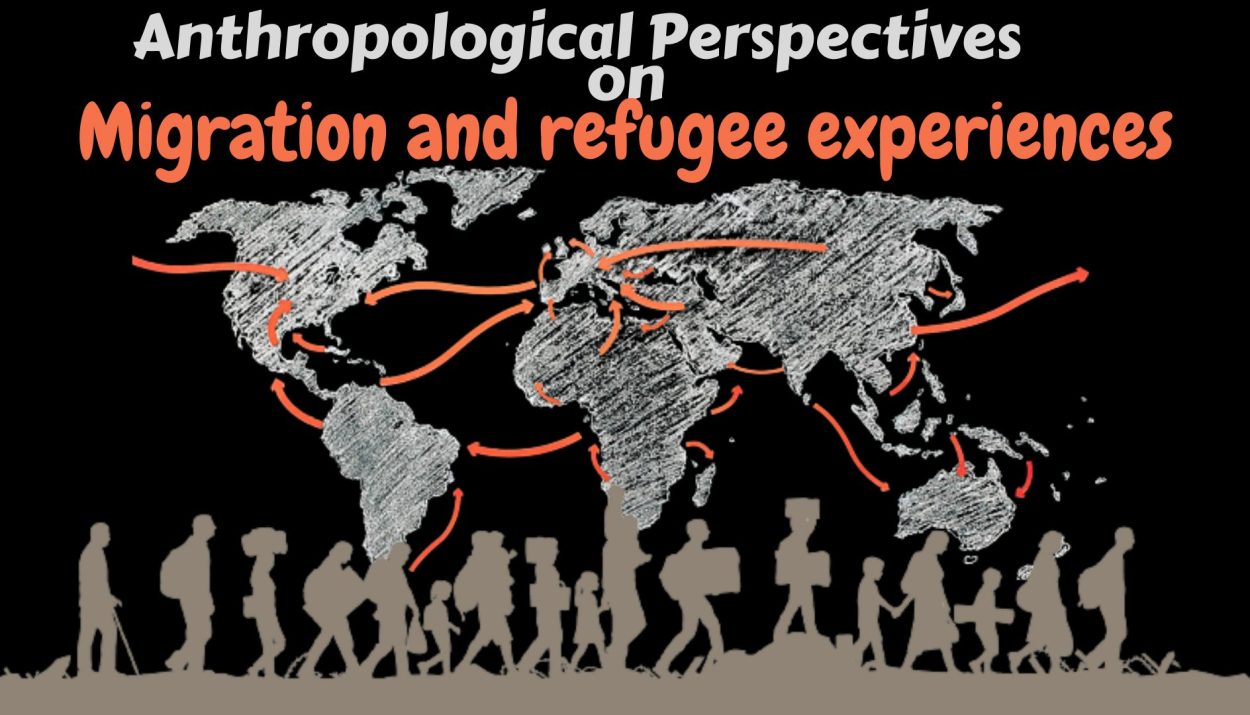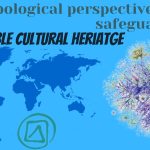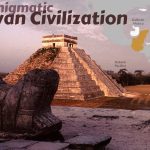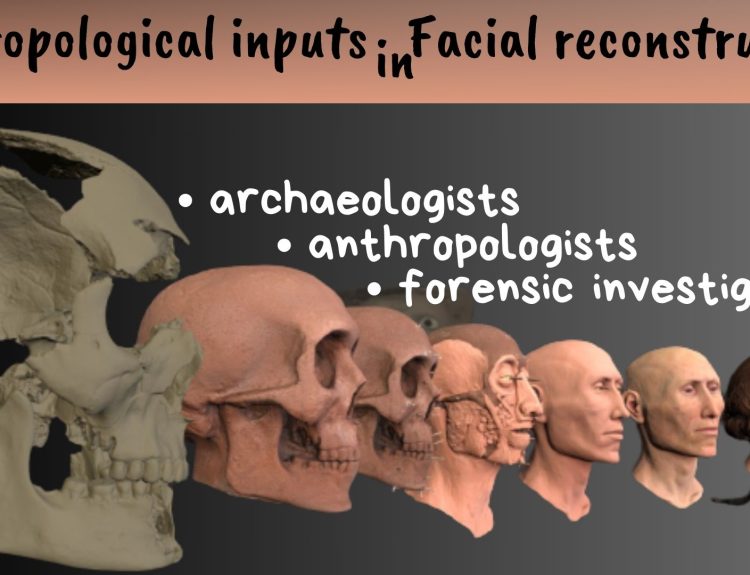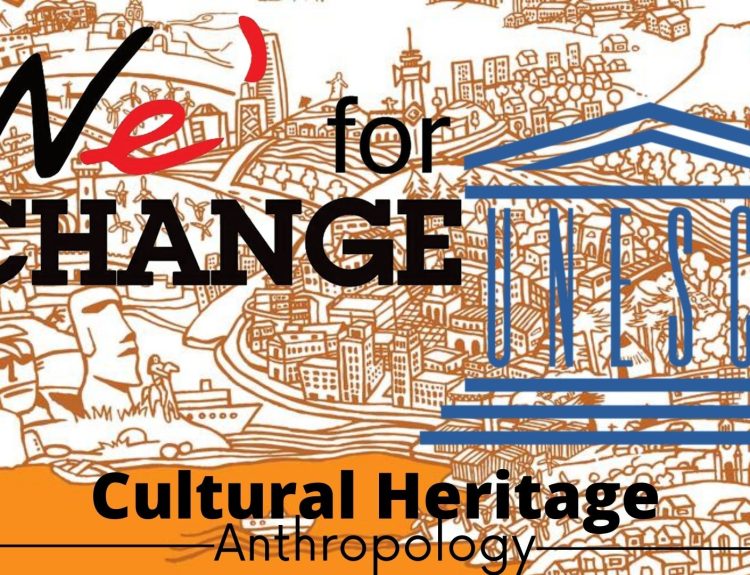Migration and the experiences of refugees have been central to human history for millennia, shaping societies, cultures, and economies. Anthropology, as the study of human societies and cultures, plays a crucial role in understanding the complexities and impacts of migration on individuals and communities. Anthropological Perspectives on Migration and Refugees shed light on the complexities of displacement and the diverse ways in which individuals and communities adapt, cope and create new identities in response to forced migration.
The topic of migration holds great urgency in today’s world and anthropologists contribute significantly to the discourse on this matter. Anthropology encompasses four key fields that shed light on various aspects of migration: Archaeology delves into the historical patterns of movement, Physical anthropology explores the physical impacts of migration on people, including changes in diet and population mixing, Cultural anthropology focuses on the experiences of individuals during migration, while Linguistic anthropology studies the effects of migration on language.
For a comprehensive understanding of the general concepts of migration and refugees, we recommend reading the article titled “Migration around the World.”
Migration as a Natural Human Behavior
Anthropologists argue that migration is an intrinsic and natural human behaviour that has been observed throughout history. Since ancient times, humans have been on the move, seeking better opportunities, resources and environments to thrive. This innate instinct to migrate is deeply rooted in our evolutionary past and continues to shape societies and cultures worldwide.
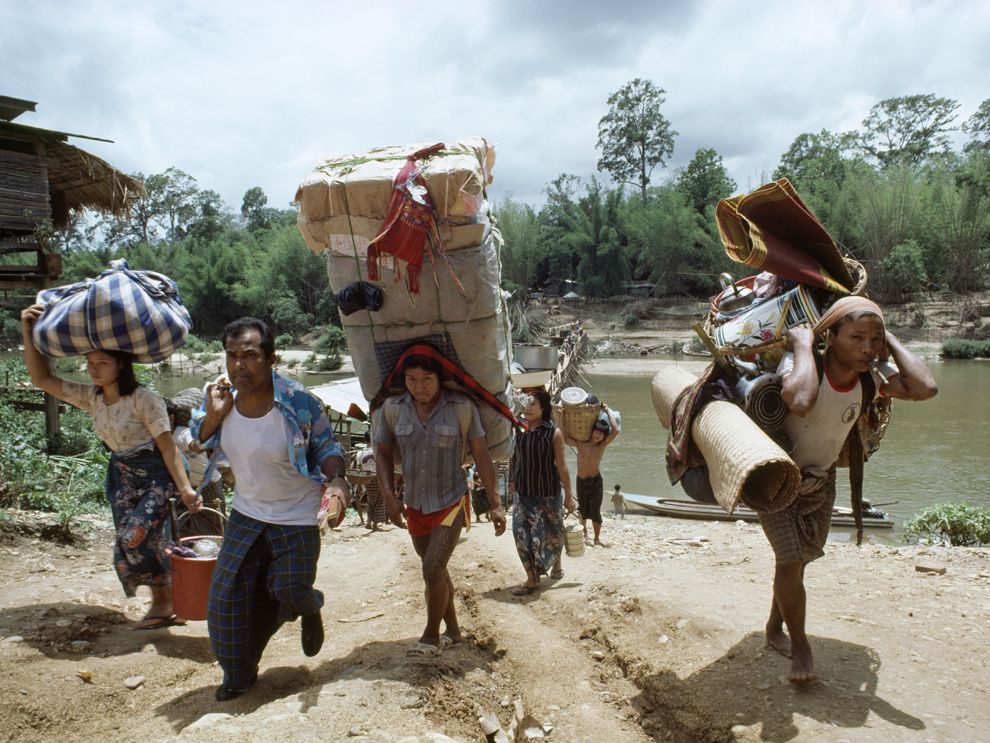
The reasons for migration are multifaceted and vary significantly from individual to individual and community to community. One of the primary drivers of migration is the pursuit of better living conditions. People often leave their places of origin in search of improved economic prospects, access to education, healthcare and overall higher standards of living. Environmental factors also play a crucial role in prompting migration. Natural disasters, climate change and environmental degradation can force communities to relocate to safer and more sustainable areas.
Cultural Adaptation and Transnational Identity
Migration often leads to the encounter between diverse cultures, resulting in a process of cultural adaptation and the creation of transnational identities. This dynamic interaction can lead to the formation of multicultural communities, where diverse traditions coexist, influencing each other in unique ways.
Cultural exchanges and interactions are inherent outcomes of migration. As people move and settle in new territories, they bring their unique traditions, languages and customs, enriching the cultural diversity of both their places of origin and destination. This intermingling of cultures has been a driving force behind the evolution of societies, art, music and cuisine.
The role of migration in shaping diaspora communities is profound and far-reaching. Diaspora refers to the dispersion of people from their original homeland to other regions or countries, resulting in the formation of transnational communities that maintain strong connections with their ancestral roots. Migration is the fundamental driver of diaspora and its impact on these communities is varied, influencing their social, cultural, economic and political dimensions.
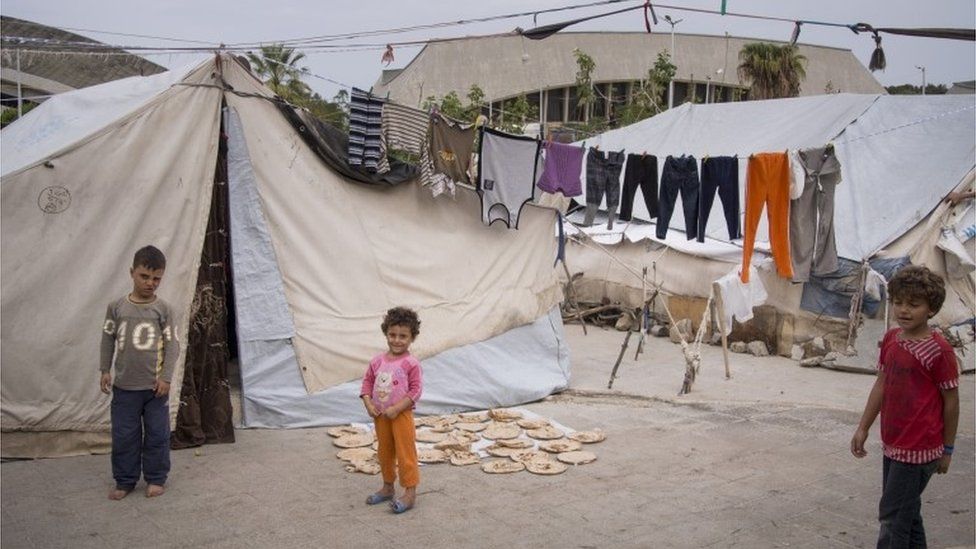
Migrants often form tight-knit communities that provide mutual assistance, emotional support and a sense of belonging. These networks play a crucial role in helping newcomers integrate into their host societies while preserving their cultural heritage.
Impact on Host Societies
The impact of migration on host societies is a complex and multifaceted phenomenon that can have both positive and negative consequences.
Positive Impacts:
- Migration introduces a wide range of cultural practices, languages and traditions to the host society, creating a rich and diverse cultural landscape.
- Migrants often fill gaps in the labour market, especially in sectors with labour shortages that can boost productivity and economic growth.
- Many migrants are skilled professionals and entrepreneurs who contribute to innovation and economic development in their host countries.
- Migration can counterbalance declining birth rates and ageing populations in host countries, contributing to a more sustainable demographic structure.
Negative Impacts:
- A sudden influx of migrants can put pressure on public services, infrastructure and housing which may lead to challenges in meeting the needs of both the native population and the newly arrived migrants.
- Cultural differences and the fear of change can lead to social tensions and conflicts between host communities and migrants.
- While migrants can contribute positively to the labour market, they may also face resentment and competition from the native workforce, particularly during economic downturns.
- The introduction of new cultural norms and practices may lead to clashes with existing social values, potentially resulting in resistance and cultural isolation.
- Historical examples of this include the migration of refugees during World War II and various conflicts throughout history.
Addressing the Impact
To manage the impact of migration effectively, host societies can adopt inclusive policies and initiatives that promote integration, cultural exchange and social cohesion. Some strategies include:
- Implementing programs that facilitate social integration, language learning and cultural understanding can help build bridges between communities.
- Offering job training and support to both migrants and native workers can mitigate labour market tensions and promote cooperation.
- Ensuring that all residents, including migrants, have access to quality education and healthcare can foster a sense of belonging and enhance social well-being.
- Educating the public about the benefits of migration and dispelling myths and misconceptions can combat negative attitudes and promote a more inclusive society.
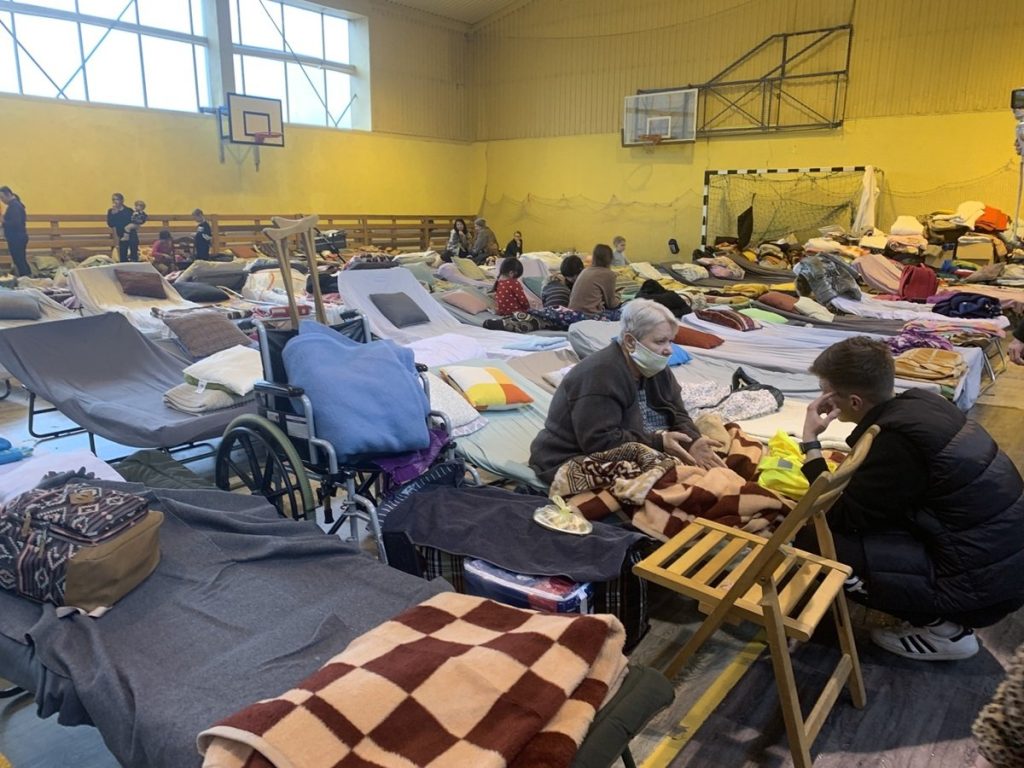
It is crucial to foster a broader understanding of movement and migration among the general public, as the current perception often tends to be limited. Negative and xenophobic rhetoric surrounding migration and immigration prevails and countering this necessitates recognizing that people undertake migrations for diverse reasons, leading to distinct experiences. Different types of migration exist, ranging from forced migrations like trafficking and slavery to those arising from trade networks. Emphasizing these diverse aspects can help promote a more inclusive and empathetic outlook towards migration.
Conclusion
Understanding migration through an anthropological lens allows us to appreciate the rich tapestry of human diversity and the interconnectedness of societies across the globe. By drawing upon this knowledge, policymakers can formulate more empathetic and effective strategies to address the challenges faced by migrants and refugees, fostering a more inclusive and harmonious world.
Read more
Forced Migration and the Anthropological Response
Aid as a way to govern people in a refugee camp
An Applied and Public Anthropology of Refugee Resettlement in Europe: A Call to Action
Anthropology and ethnography: the transnational perspective on migration and beyond


